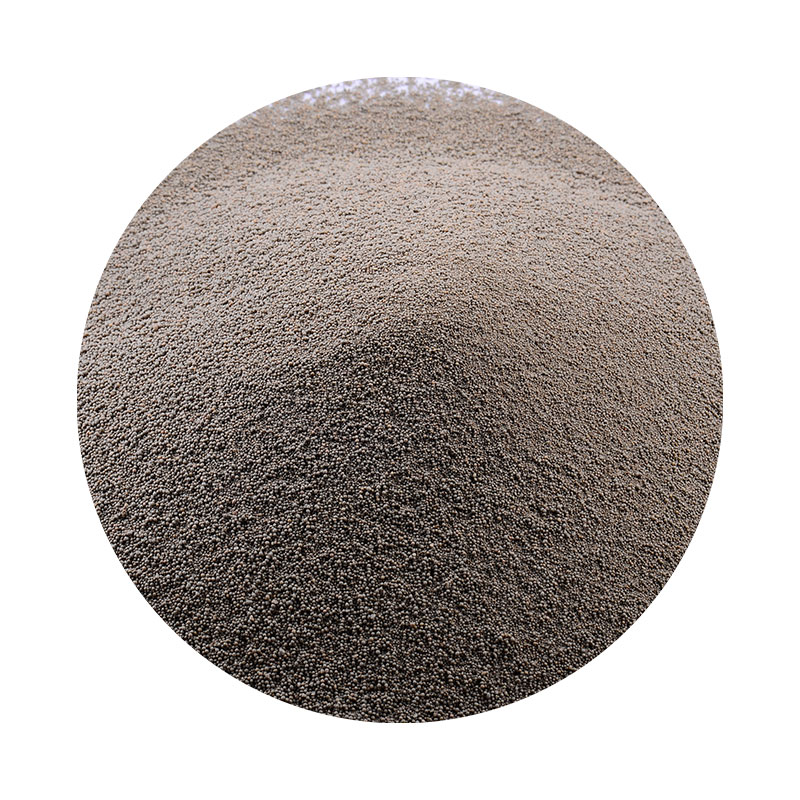Custom Sand Casting A Versatile Manufacturing Process
Custom sand casting is a popular and versatile manufacturing technique used in various industries to produce complex metal parts. This process involves creating a mold using sand, pouring molten metal into the mold, and allowing it to solidify to form the desired shape. The adaptability and cost-effectiveness of custom sand casting make it an ideal choice for manufacturers seeking unique solutions for their projects.
One of the key advantages of custom sand casting is its ability to produce intricate and detailed designs
. The sand mold can be formed to accommodate a wide variety of shapes, from simple geometric figures to highly complex structures. This versatility allows engineers and designers the freedom to innovate, which can lead to the development of specialized components tailored to specific applications.The process begins with creating a pattern, typically made from materials like aluminum, wood, or plastic. This pattern resembles the final product's shape and is used to form the sand mold. The pattern is placed in a mixture of sand and a binding agent, usually resin, and compacted to create a mold cavity. Once the pattern is removed, it leaves behind a hollow impression in the sand, ready to be filled with molten metal.
custom sand casting

Various metals can be utilized in custom sand casting, including aluminum, brass, bronze, and iron. Each metal offers different characteristics, such as strength, weight, and resistance to corrosion, making it essential to choose the right material for the specific application. Once the molten metal is poured into the mold, it is allowed to cool and solidify before the mold is broken apart to reveal the finished casting.
Custom sand casting is particularly advantageous for low to medium production runs. Unlike other manufacturing methods, such as die casting, which may require expensive tooling, sand casting molds can be produced at a fraction of the cost. This makes it a cost-effective choice for prototyping and small production batches, allowing companies to test designs without a significant financial investment.
Moreover, the process is highly flexible, accommodating changes in design with relative ease. If adjustments are needed, modifications can be made to the pattern or sand mold without extensive retooling, ensuring that manufacturers can respond swiftly to customer demands or evolving project specifications.
In conclusion, custom sand casting is a reliable and efficient manufacturing method that combines design flexibility, cost-effectiveness, and the ability to produce complex geometries. As technology advances, this traditional technique continues to evolve, further enhancing its capabilities and applications across various industries, including automotive, aerospace, and art. Whether for functional components or artistic creations, custom sand casting remains a cornerstone of the metal casting industry.
Post time:nov. . 14, 2024 23:15
Next:what is sand casting used to make
